
Fig 1. How to recognize gold or gilding in front of you
As long as mankind has existed, so long has deception lived in the world. Buying gold jewelry “by hand”, on the Internet or in some other dubious places is always fraught with risk. For example, a diamond can be tested as a fianite, zircon, muassanite, which is very similar to a diamond, but costs 20 times cheaper. Or even just a piece of crystal glass. Well, and under the bright shine of gold can hide inexpensive silver or ordinary steel. And doubly offensive, if for a modest bijouterie you will pay as a luxury “jewelry”.
Another option is also possible, less criminal. Suppose you inherited jewelry, and you want to know whether they are real or only imitation. Or maybe a ring or earrings were given to you as a gift by an admirer? A gift horse, of course, do not look in the teeth, but still curious – how highly you are valued, and how seriously they treat you? Simply put, is the jewelry made of solid gold or do you have on your finger inexpensive costume jewelry, which even girlfriends are embarrassed to show?
In our article we will talk about how to distinguish between gilding and gold. Read to the end, and find out how not to get into a mess.
What is gilding
The first question many people have is: is gilding gold or not? The difference between gilding and gold is that the former is a coating of the surface of another metal, most often silver or medical steel. On the tag of such a product, the manufacturer honestly indicates that the jewelry is gilded.
For gilding bijouterie used galvanization. With this method, the thinnest (up to a fraction of a micron) layer of gold is applied to the surface of the jewelry with the help of electric current. The process takes place in several stages:
By the way, gilding is not an invention of our days. For example, the Indians of pre-Columbian Mesoamerica used gold to decorate products made of ordinary materials. Imagine the disappointment of the conquistadors who thought they had a mountain of precious yellow metal in their hands and found out that it was not so. It also had success with the ancient Egyptians, Greeks and Romans. The Chinese Taoists invented mercury gilding in the 4th century AD and coated bronze tablets with the noble metal.
How to tell the difference between gold and gilding before you buy it
If you still decide to take a risk and buy an ornament not in a jewelry store, but from a private person, how to determine gold or gilding in front of you? What to look at? What will be the difference between a fake?
Incorrect assay and/or branding
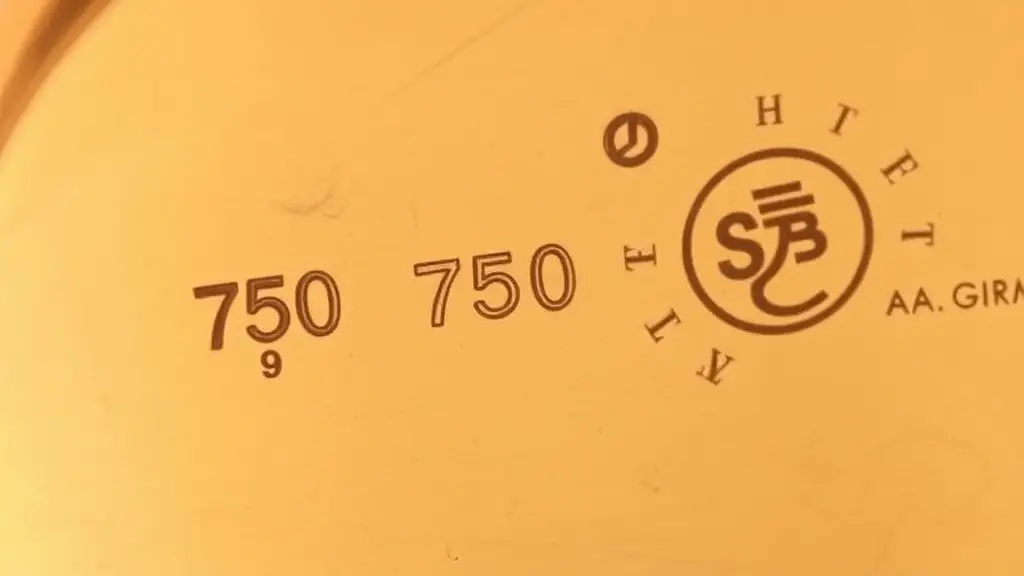
Fig 2. The hallmark on gold is different from the hallmark on gold-plated jewelry
If you are not in front of an open bushcraft of an unknown master, the main difference between gilding and gold you will see by looking at the branding. Most often, silver jewelry is gilded. On gilded silver will be stamped 925. The most common gold grades are 585 and 750.
The shape of the imprint is also important (it must be clearly visible). The modern RF stamp for gold is a wide “spatula”, and for silver the impression is made in the form of an oval with truncated ends.
Low price
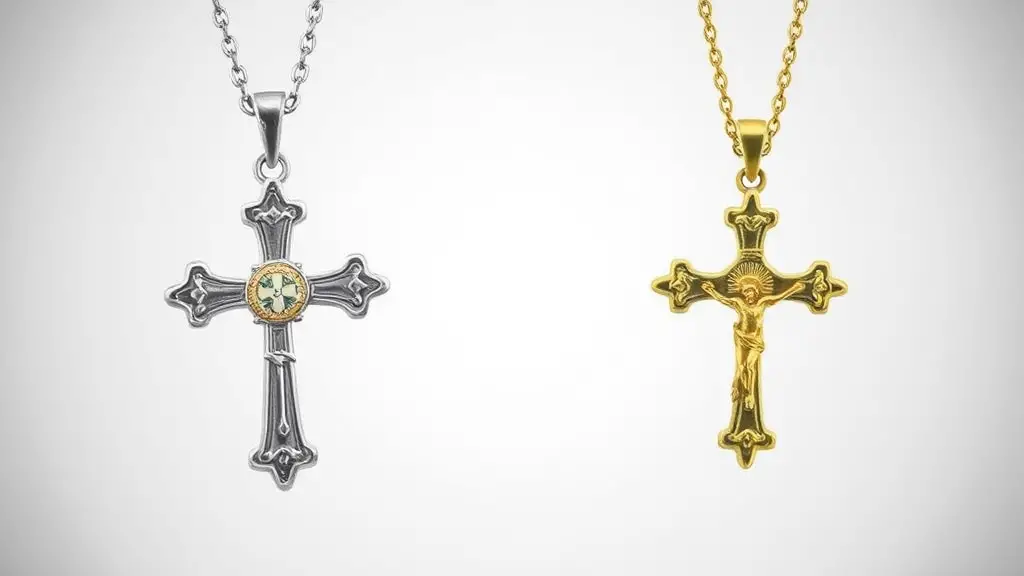
Figure 3. Gilding is cheaper than gold
Gold or gilding? The most obvious difference is the price. Judge for yourself. The market price of 1 gram of gold today is about 5 thousand rubles. Multiply this number by the number of grams in the product you are going to buy. Add the cost of inserts, if there are any, the price of the jeweler’s work, and the seller’s commission. Now you should realize that a massive ring for little money can not be gold.
The smell of metal
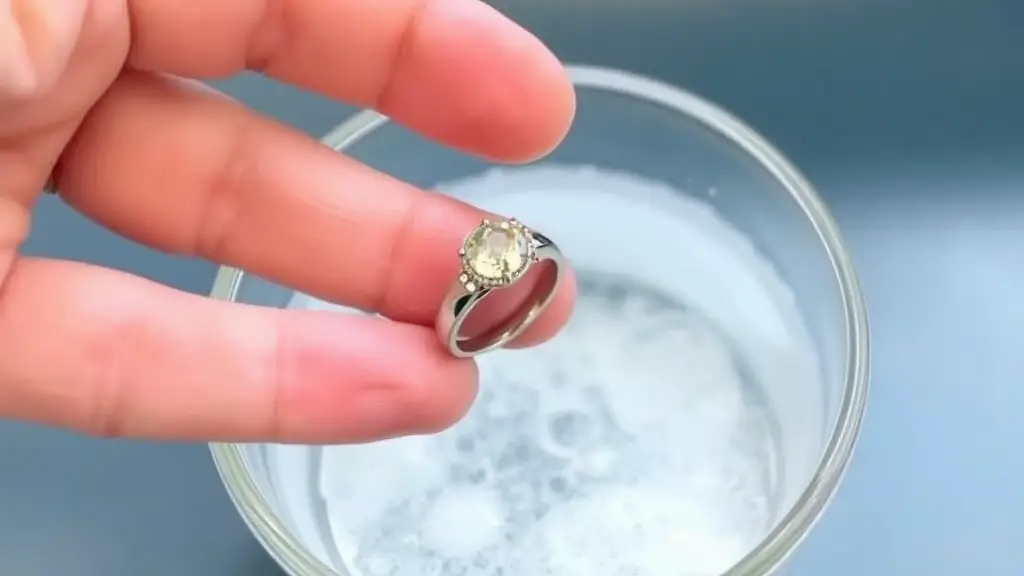
Fig 4. Metal odor if you rub the gilding
How to recognize gold or gilding with your nose? If you have a keen sense of smell, use it. Rub the item between your fingers. Gold won’t smell – it doesn’t react with organic compounds (anything on our skin). Did your nostrils pick up a metallic scent? Then you’re not looking at precious metal.
Appearance
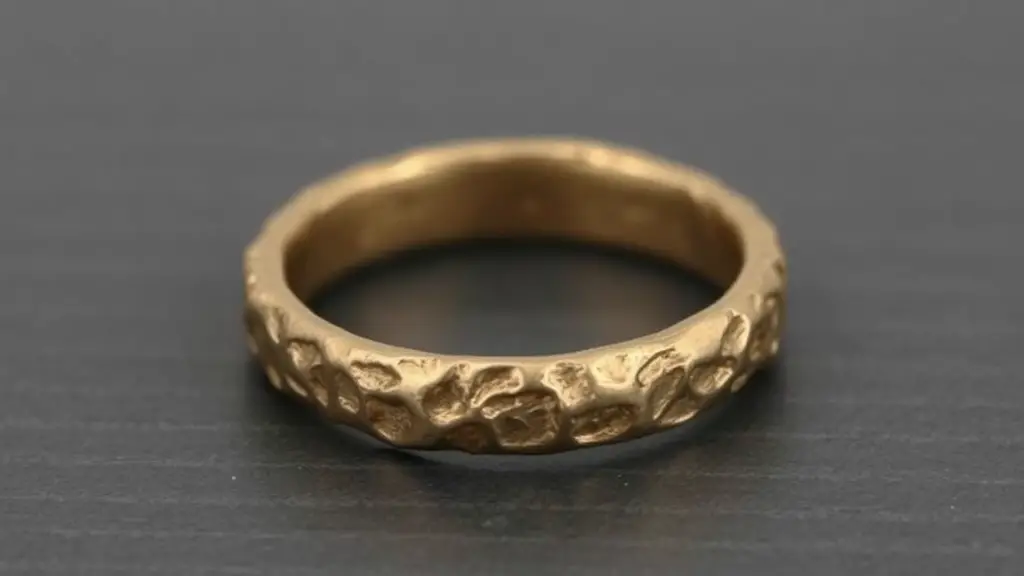
Fig 5. Wear defects are less noticeable on gold than on gold plating
Even if a gold piece is not new, it should not have deep scratches, blurred colors, streaks, spots, streaks, chips and obvious scuffs. If you see all these flaws on the jewelry, then there is reason to doubt that it is gold and not gilded. Gold, even after many years of use, retains a clean shine, uniform color and surface.
How to determine at home, what you have in front of you: gold or gilding
All of the above methods (except for the price) are suitable for any conditions. But there are methods by which you can check gold for authenticity (the same gift from a fan or the inheritance of an older relative) can only at home. We will not write about barbaric methods like soaking rings with earrings in royal vodka. Let’s talk about the most gentle.
Lapis pencil
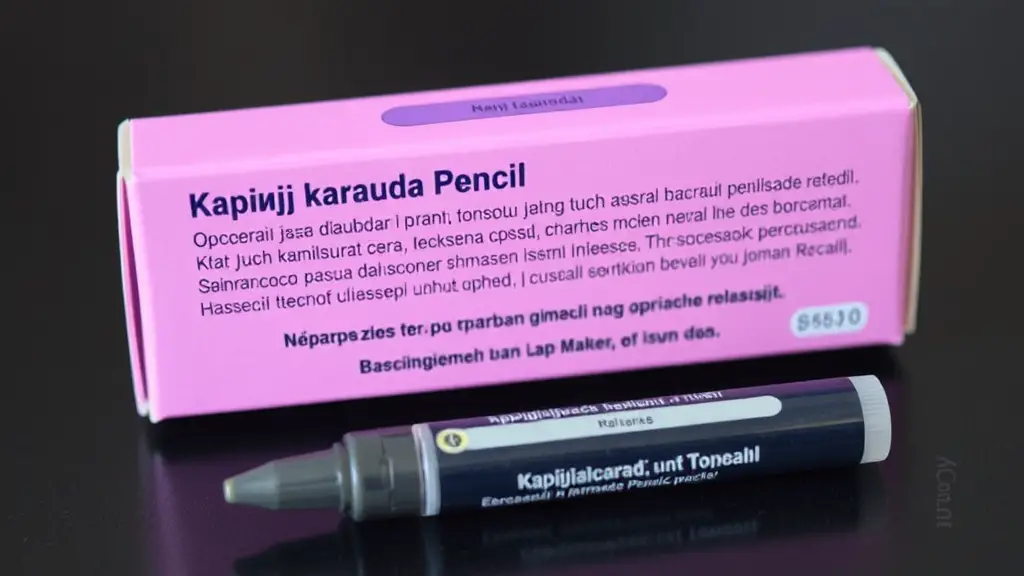
Fig 6. Lapis pencil leaves stains on gold plating.
Go to a drugstore and buy a lapis pencil – it will help to determine the authenticity of the product. Moisten its shaft with water and put a small stroke on the inside of the jewelry. On the gilding will remain a muddy stain, and the precious yellow metal will be nothing.
Needle
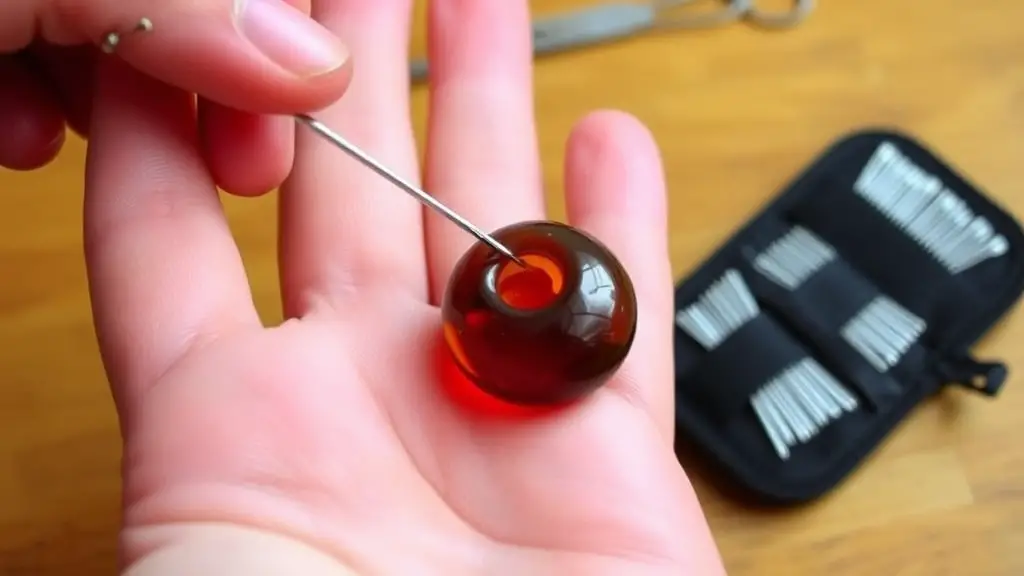
Fig 7. If you scratch the jewelry, a different color metal is noticeable
To check whether the jewelry in front of you is gold, you can use an ordinary needle. Make a scratch on the underside of the ring or pendant. The thickness of gilding is very small – if you are dealing with costume jewelry, under the scratch will be found metal of a different color.
Naphtha

Fig 8. The rubbing alcohol leaves marks on the gilding.
Soak a cotton swab in alcohol and scribble it on an inconspicuous part of the jewelry. The gilding will not survive this, and the stick will darken at the point of contact with the jewelry. Gold will not change after such a test. Be careful – if the “inferior” jewelry is quite spectacular, perhaps you still want to wear it. Girlfriends will survive.
The naked eye
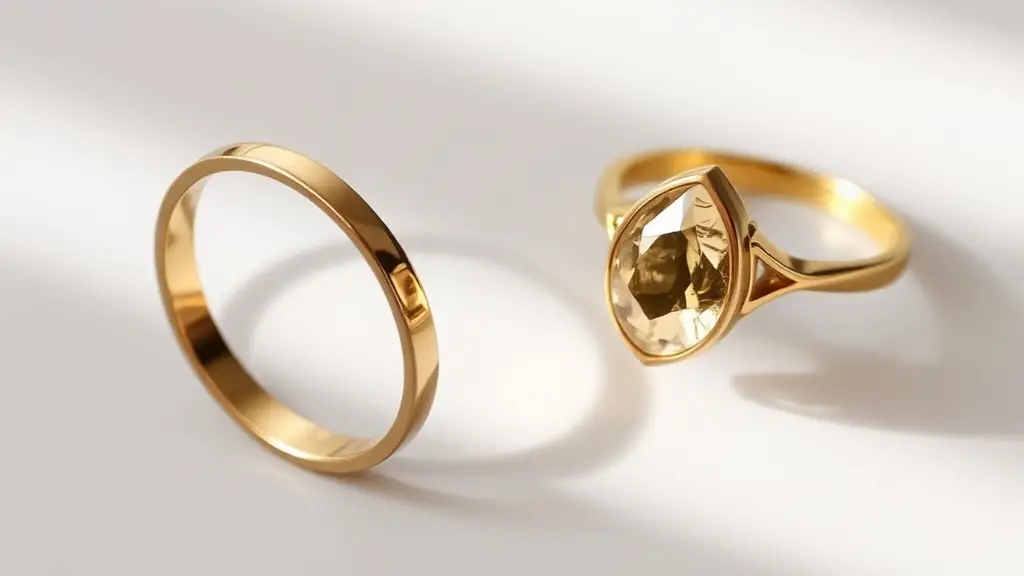
Fig 9. Gold shines more strongly in the shade
How do you test gold or gilding in front of you using light? Look at the piece in the sun and then bring it into the shade. The shine of real gold will not be any different in a darkened area – it will remain as bright as it is in sunlight.
100% working method
All of the above methods can’t dispel all doubts with a guarantee. So how can you avoid buying a fake? The only 100% working way is to buy jewelry in well-known jewelry chains and stores. Well, if there was still a suspicious gift (oh, those greedy fans) or inheritance, the material of the jewelry will help to determine in a jewelry workshop.